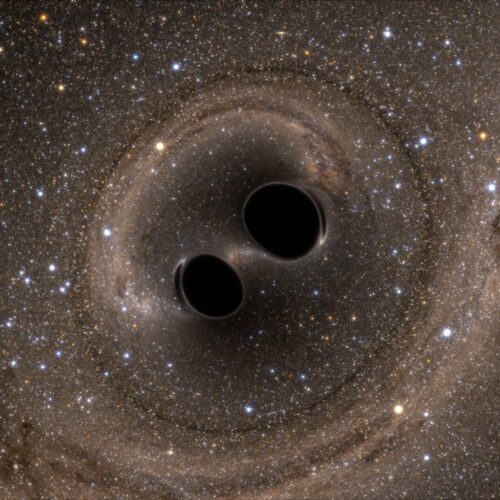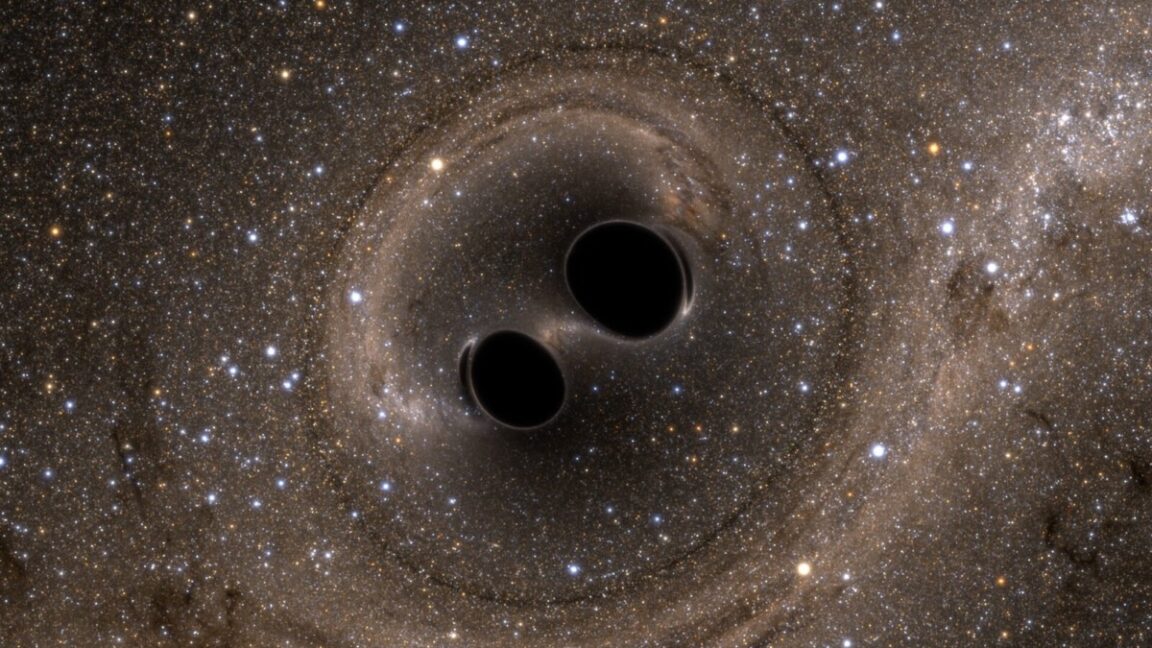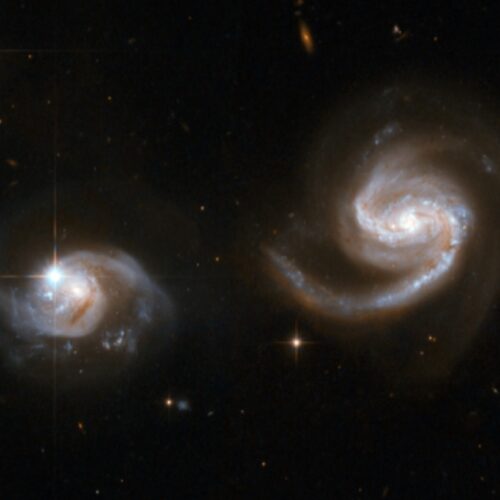Google spends £3 billion on securing energy for its data centers and AI expansion
Google has closed a $3 billion deal to secure 3,000 megawatts of hydroelectric power, as it looks to meet the data demands of its growing AI and cloud computing platforms by harnessing low-cost clean energy. Brookfield Asset Management's renewables division says that its deal with Google is the largest deal of its kind for hydroelectricity. The first phase of this deal will provide Google with 670MW of carbon-free electricity from Brookfield’s Holtwood and Safe Harbor plants in Pennsylvania.
The Hydro Framework Agreement (HFA) allows Google to upgrade or develop the existing facilities as it sees fit in an ongoing commitment to adding more power to the grid. At the outset, Google’s efforts will largely be focused on the PJM, the largest grid in the US with 65 million customers, which is currently struggling to keep up with the data demands of big tech’s seemingly insatiably power-hungry AI projects. In time, the new partners will have the option of expanding into other regions in the country. Google said in a statement that it was dedicated to "responsibly growing the digital infrastructure that powers daily life for people, communities and businesses."
Google’s latest energy deal comes in the same week that AI rival Meta said it will spend hundreds of billions of dollars on a number of gigwatt-sized data centers, as part of its quest to create better-than-human-level "superintelligence" in all of its AI domains. The new campuses will be among the largest on earth, with the first to arrive being the Ohio-based Prometheus at some point next year.
A typical data center consumes around 500,000 gallons of water each day, but the emerging AI-focused complexes being built by tech giants could reportedly push this figure into the millions, as recently reported by The New York Times. When the volume of water needed to power these facilities eclipses what is readily available, local communities often bear the brunt through rising prices and potential water shortages in the future.
This article originally appeared on Engadget at https://www.engadget.com/big-tech/google-spends-%C2%A33-billion-on-securing-energy-for-its-data-centers-and-ai-expansion-145145966.html?src=rss©
© Reuters / Reuters





